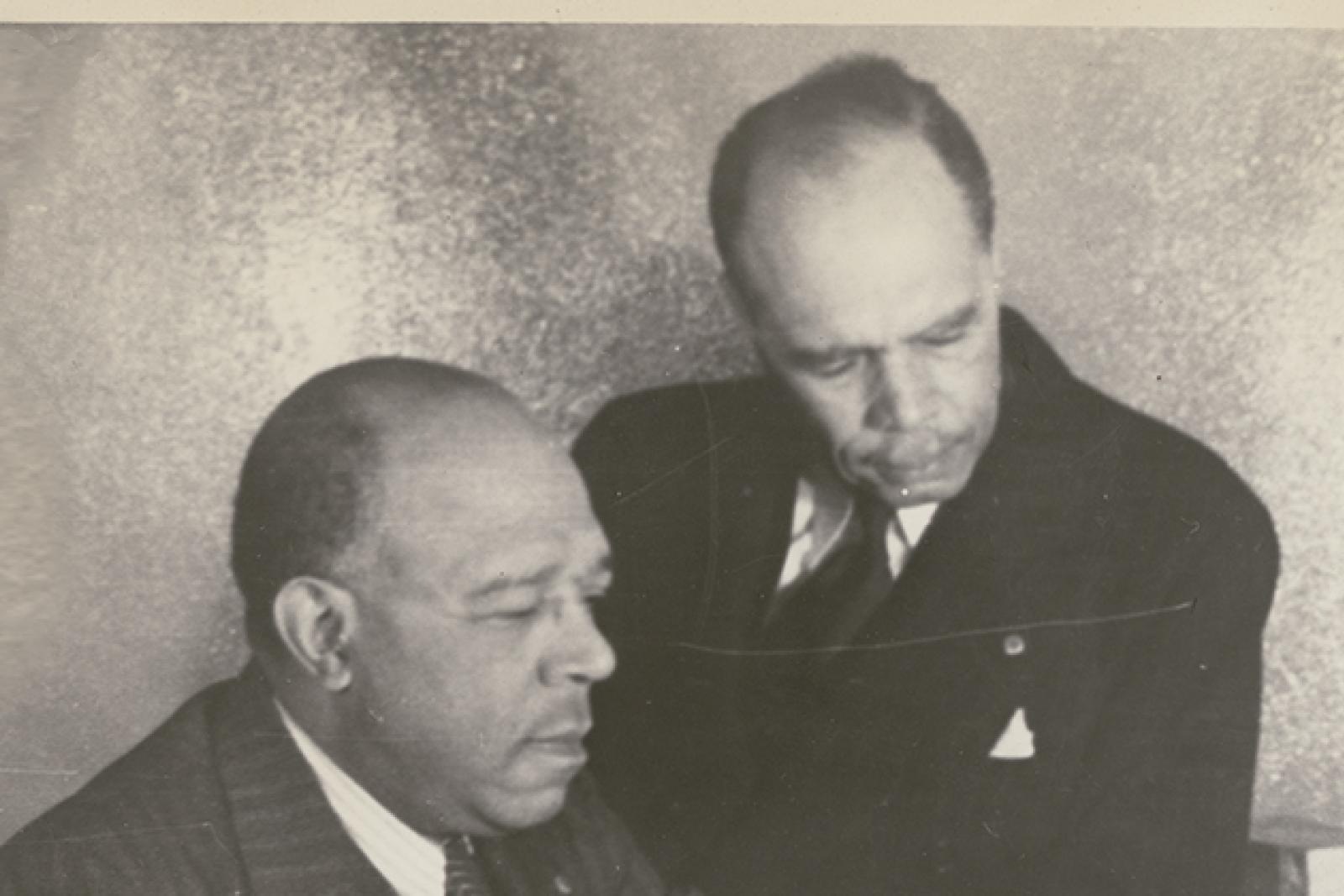Pages of Wonder
Children's literature emerged in the late 18th century and expanded as a diverse and distinct category intended to entertain and instruct young people. The genre not only encompasses fairy tales and picture books, but also extends to more whimsical designs such as puzzles and pop-up-books developed for children to imagine, learn, and grow through books.
Pages of Wonder: A Journey through Literature for Children, explores how young children imagine, learn, and grow through the books they read. Children's literature emerged in the late 18th century and expanded as a diverse and distinct category intended to entertain and instruct young people. This literary genre not only encompasses fairy tales and picture books, but also extends to more whimsical designs such as puzzles and pop-up-books. In the 20th century, children’s literature has broadened and timeless classics like Alice in Wonderland and Robinson Crusoe have given way to popular film adaptations like Harry Potter and The Hate U Give, capturing the hearts of children and adults alike.
Imani Benjamin-Wharton
Highlights of the Rose
One of the nation’s most sought-after destinations for research and teaching, the Rose Library is poised to become an even stronger interdisciplinary center that brings important and provocative collections to life for a broad, diverse audience.
Sara Natalie Fuchs
Contact
sara.natalie.fuchs@emory.eduHighlights from African American Musicians and Artists

American music history has largely ignored or disregarded the contributions of African Americans. Rose Library contains over 30 archival collections of various sizes that both uncover and recover the critical role African Americans played in the music culture of the United States. Collections include composers, entertainers, and scholars.
The variety of materials includes: manuscript letters and scores, photographs, and published music by and about African Americans. This exhibit displays just a few highlights. Clint Fluker, the former curator of Rose Library’s African American collections and now Senior Director of Culture, Community, and Partner Engagement for the Libraries and Museum at Emory, describes the importance of these archival collections:
“The African American music collections are so significant because they enable those who use the materials to engage with history through one of our most enduring artistic mediums. Music has always told a story of African American history that so often cannot be captured using words alone. In fact, at times, it is the sound that grabs our attention, provides new insights, and penetrates the soul.”
While African American voices have often been silenced in American (and especially Southern) politics, economics, history, and culture, yet African American music has often found a way to endure.
Readers of the Lost Arkhive
Today, artists such as Octavia Butler, N.K. Jemison, and Tananarive Due are household names who are representative of the term Afrofuturism—an aesthetic and philosophy closely aligned with Black-authored speculative fiction genres (i.e. science fiction, fantasy, horror, etc.). But this was not always the case. Just ten years ago, Afrofuturism was not part of the popular zeitgeist. One aspect of the popularization process included the canonization of writers—such as those previously mentioned—who were held up as exemplars of the term. But what of the other contributors to the field?
The title of this exhibition, “Readers of the Lost Arkhive,” references one of these contributors, Henry Dumas. Dumas’ 1974 short story, “Ark of Bones,” features two young boys as they discover a great Ark in the Mississippi River that houses the souls of every Black person who ever lived. The soul is often described as an immaterial essence of a human being — a spark of energy that enables us to live, imagine, and create. This means that the dreams, imaginations, and the infinite stories of Black people are preserved on Dumas’ Ark. In like manner, this exhibition serves as an Arkhive that houses the spectacular worlds created by Black authors from the 1773-1987. Though not exhaustive, the following selections demonstrate the depth and breadth of Rose Library’s holdings in this area and further adds to the growing discourse on Black speculative world-building.




